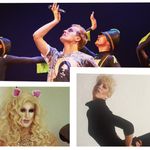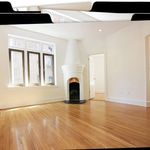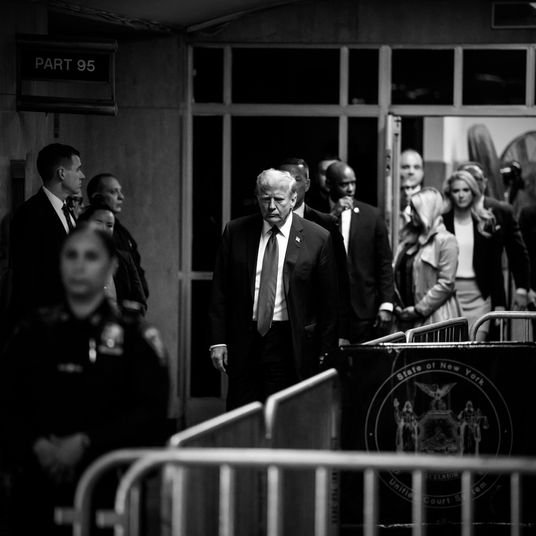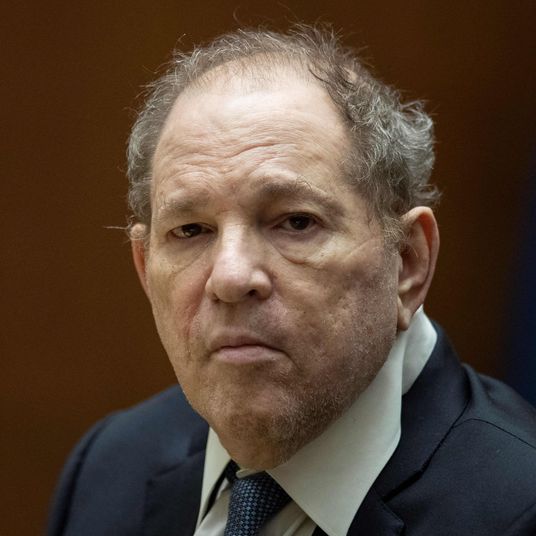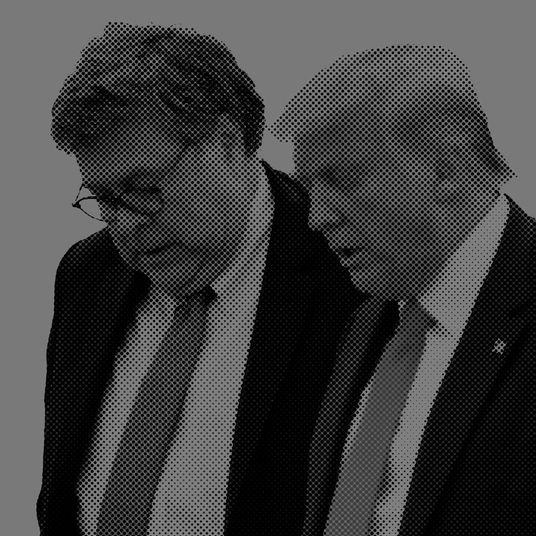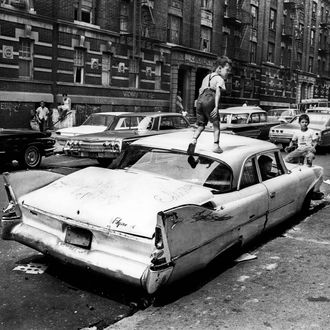
“In Paris, I was a fashion photographer, doing portraiture of stars,” Jean-Pierre Laffont is saying. “I was not so happy doing that kind of work — I always wanted, all the time, to be a photojournalist.” The opportunity, he explains, arrived in 1965, when a friend was coming to New York as a radio reporter, and he tagged along.
He stayed. Laffont still lives here, on West 72nd Street — although he’s never lost his French accent, he certainly speaks as fast as any New York native — and those 30 years of work are being collected in a big volume called Photographer’s Paradise (Glitterati Incorporated; out September 4). The title refers not just to New York but to America in general, and especially the America that was splitting, cracking, fissuring in a million ways through these decades. Laffont joined the long tradition, beginning with de Toqueville, of Frenchmen who were able to see what it was. His fashion background certainly did not confine his taste. “I was very attracted to Brooklyn and the Bronx,” he says, “and what was happening around that time — like on West 65th, for example, where transvestites were working at night.”
It’s not all grit, however. He worked nearly as much in color as in black-and-white, which was still a little unusual for serious photographers back then. In that regard, Laffont cites the Magnum photographer Ernst Haas as his chief influence. “He was doing something totally different — taking pictures in color, of the time, straight traditional horizons, good composition.”
Speaking of which, you can see in this book Laffont’s particular taste for a kind of photo that is very much of the moment today: a field of edge-to-edge pattern, with a small device that repeats throughout the frame. (See the photos above of Volkswagens arriving in America and the Yale protest.) “I have a frame in front of my eyes,” Laffont agrees, when I mention this to him. “I compose a picture before I click. Composition is very important to me — photographers show me pictures with blur, I don’t understand. I rejected a million of my pictures like that!”
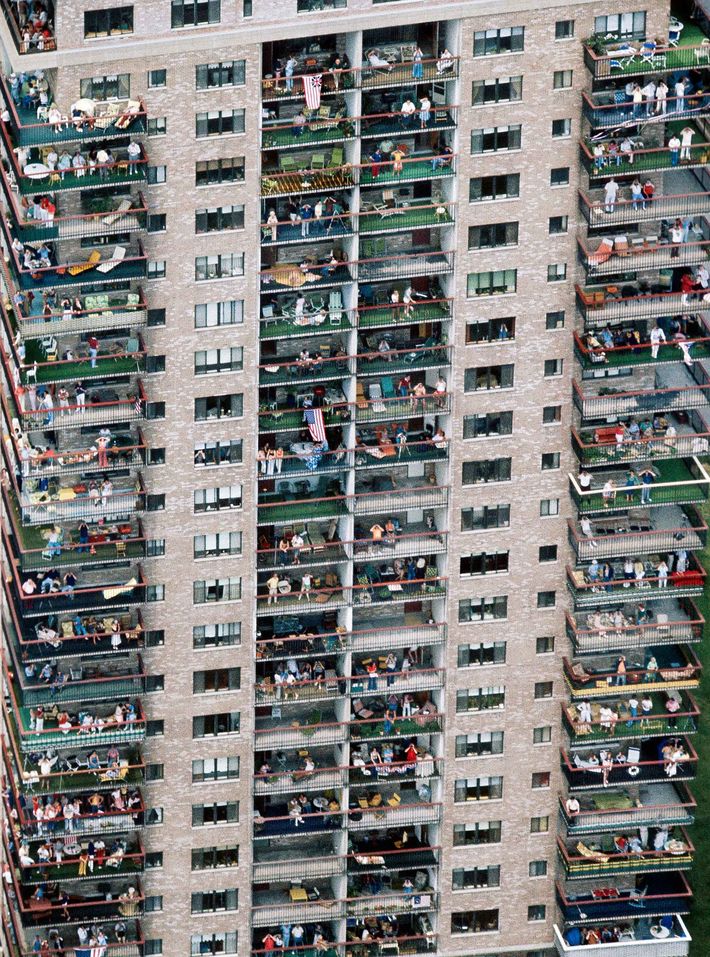
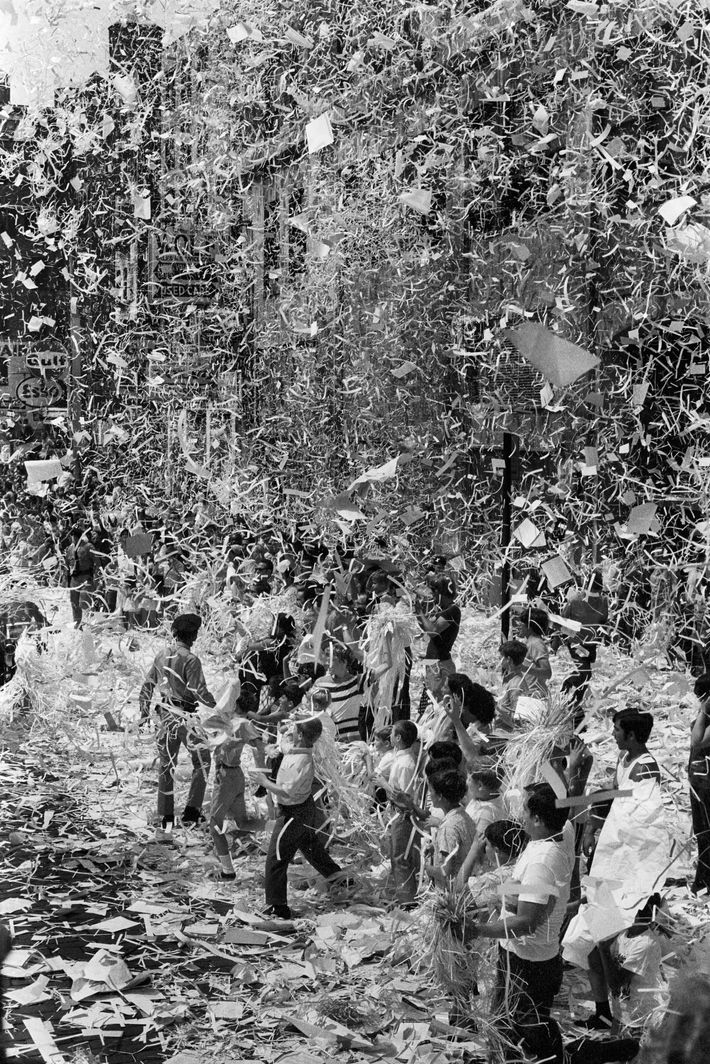
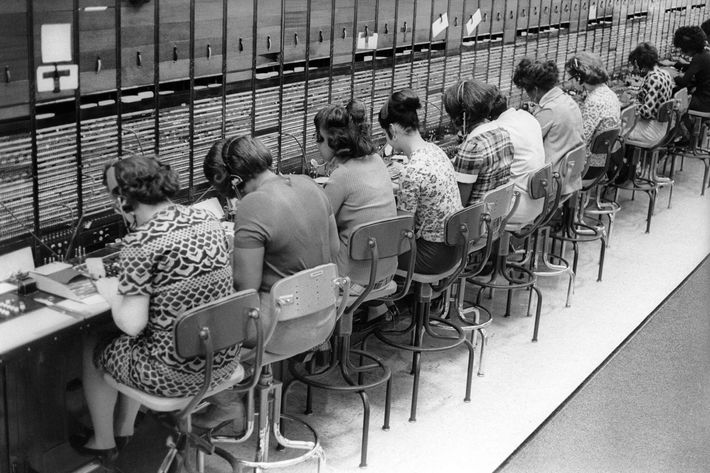
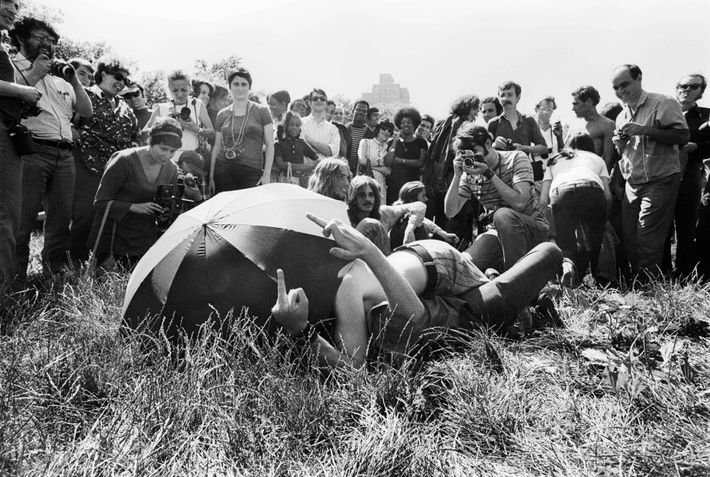
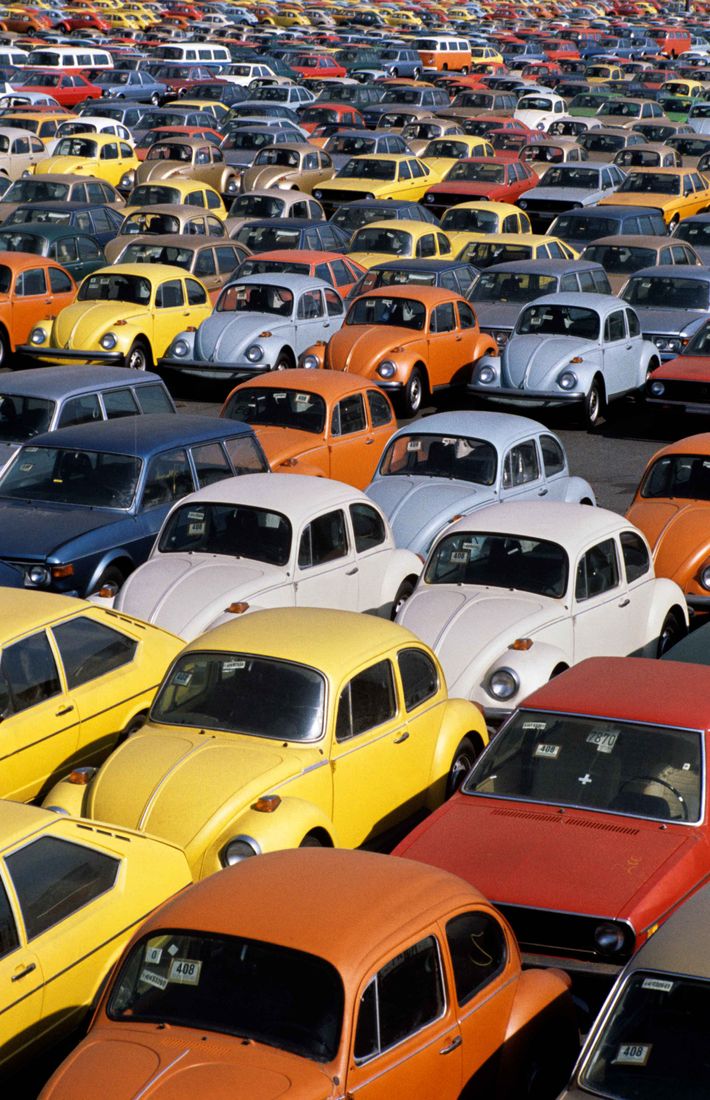
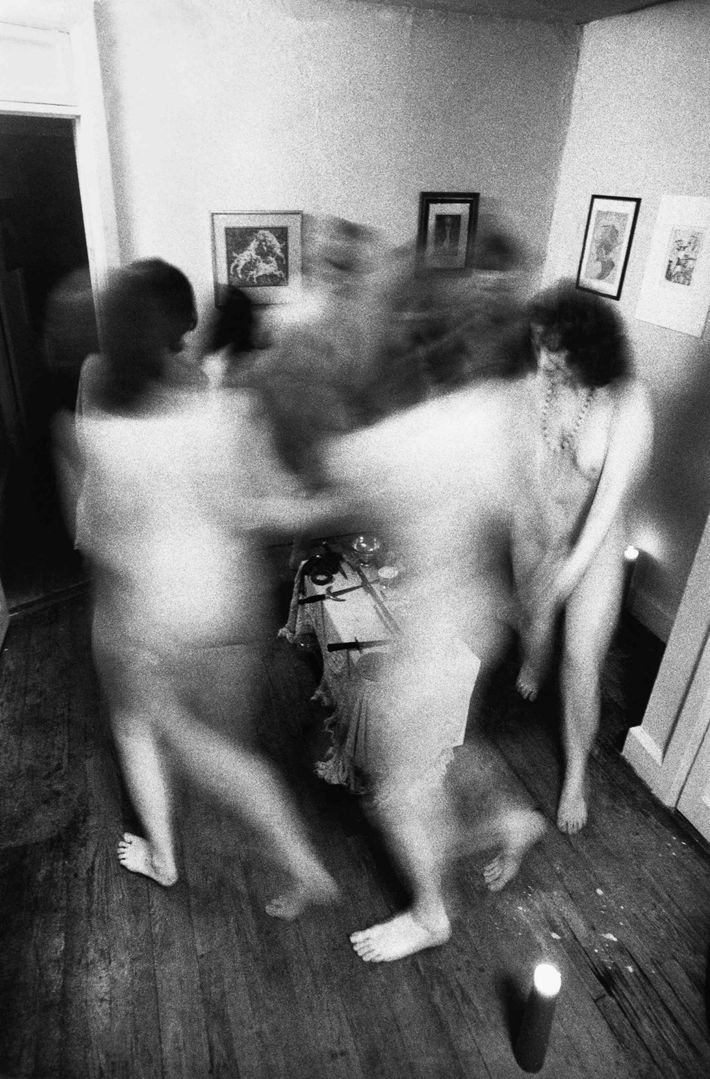
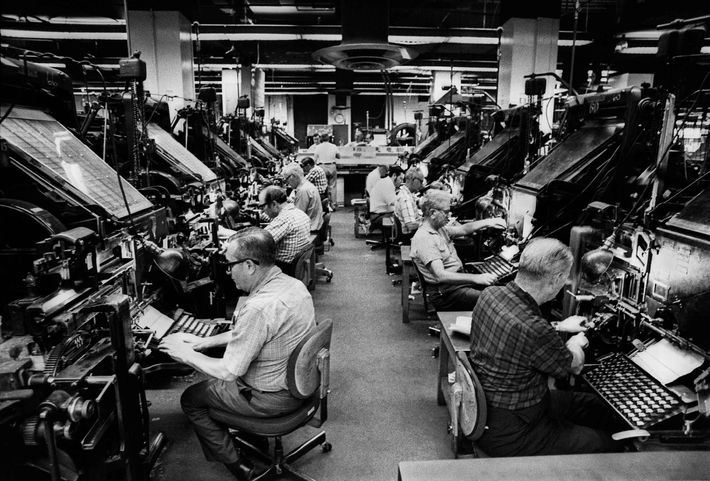
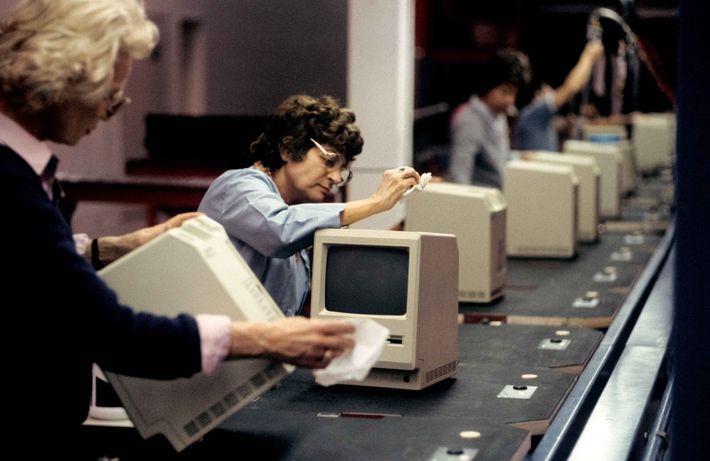
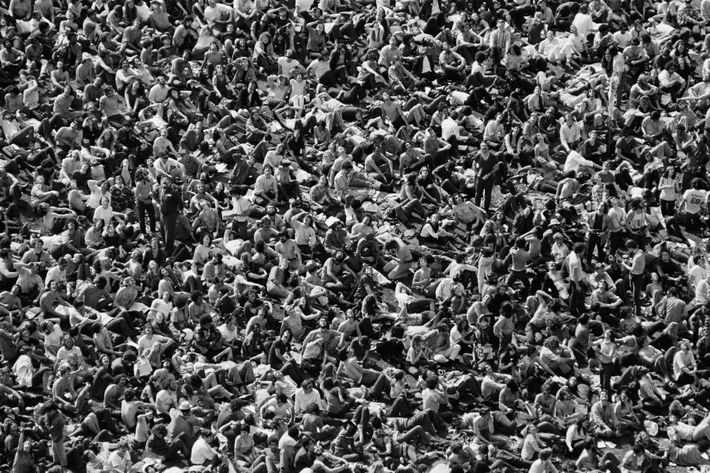
Photographer’s Paradise: Turbulent America 1960-1990 by Jean-Pierre Laffont, published by Glitterati Incorporated.




